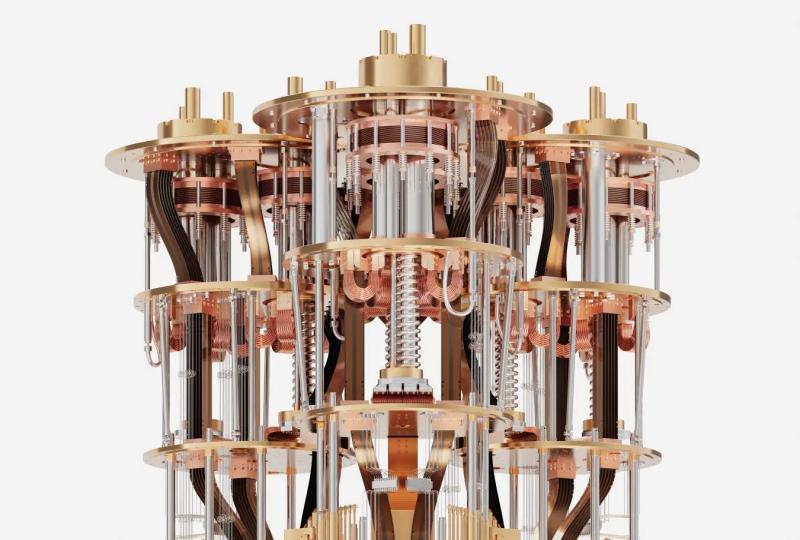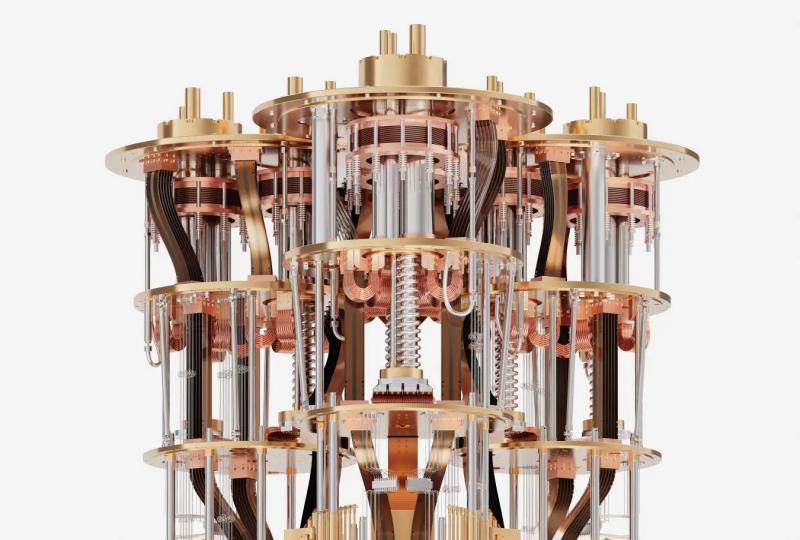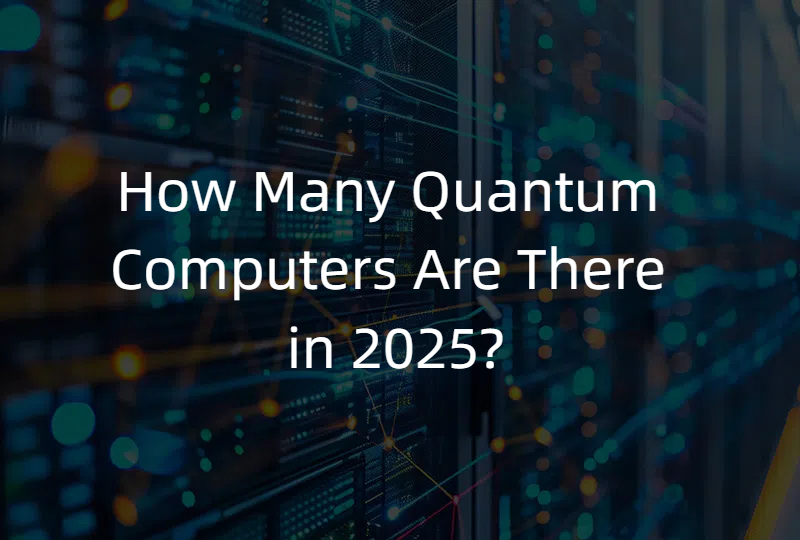Quantum Entanglement: Unlocking the Foundations of Quantum Reality
2025.08.21 · Blog quantum entanglement
Quantum entanglement stands among the most remarkable and counterintuitive phenomena in modern physics. When two or more particles become entangled, their properties remain interconnected irrespective of the distance separating them—an effect Albert Einstein famously derided as “spooky action at a distance.” Over the decades, entanglement has transitioned from theoretical curiosity to a cornerstone of quantum technologies, underpinning breakthroughs in computing, secure communication, and precision sensing. This article explores the conceptual underpinnings of entanglement, traces its historical development, reviews key experimental verifications, examines mathematical frameworks, surveys physical platforms, and highlights transformative applications and future directions.
I. Introduction
At its essence, quantum entanglement refers to a nonclassical correlation between particles in which the measurement outcome of one immediately determines the state of another, no matter how far apart they are. Far from being merely a theoretical oddity, entanglement lies at the heart of quantum mechanics’ departure from classical intuitions about locality and realism. This article aims to guide readers through entanglement’s origins, theory, experiments, mathematics, realizations, applications, and open challenges, offering a comprehensive overview of this pivotal quantum resource.
II. Theoretical Foundations
Quantum entanglement emerges from the principle of superposition, wherein a single quantum system can exist simultaneously in multiple states described by a wavefunction. When two particles interact and their combined wavefunction cannot be factored into separate wavefunctions for each particle, they become entangled. Formally, an entangled state resists decomposition into a product of individual states and exhibits correlations that violate classical probability theory.
Bell’s theorem provides a foundational test for entanglement. By deriving inequalities that any local realistic theory must satisfy, John Bell showed in 1964 that quantum predictions for entangled systems violate these inequalities—a result implying that no local-hidden-variable model can reproduce quantum correlations. Consequently, entanglement forces a reevaluation of locality (the idea that objects influence only their immediate surroundings) and realism (that physical properties exist prior to measurement).
III. Historical Development
The saga of entanglement began with the Einstein–Podolsky–Rosen (EPR) paradox in 1935, where Einstein, Boris Podolsky, and Nathan Rosen argued that quantum mechanics was incomplete because it allowed entangled particles to affect each other instantaneously, apparently violating relativity. In response, Erwin Schrödinger coined the term “entanglement” (Verschränkung in German) and recognized its central role in quantum theory.
For decades, the scientific community debated whether entanglement represented a genuine physical effect or merely a mathematical artifact. The decisive turn came with Bell’s inequalities and subsequent experimental tests in the 1970s and 1980s. These experiments began to confirm quantum mechanics’ predictions and closed loopholes that might allow classical explanations.
IV. Experimental Verification
The first experimental milestone occurred in 1972, when Stuart Freedman and John Clauser measured polarization correlations of photon pairs and observed violations of Bell’s inequality. Alain Aspect’s experiments in 1981–1982 refined the setup by varying analyzers’ settings while photons were in flight, addressing locality concerns. These pioneering tests dramatically favored quantum mechanics over any local-hidden-variable theory.
In recent years, “loophole-free” Bell tests have closed remaining gaps by ensuring high detection efficiency and space-like separation of measurement events. Photon-based sources remain prevalent for long-distance entanglement, while entangled ions and atoms enable precise control in laboratory settings. These achievements not only solidify entanglement as a real physical phenomenon but also establish it as a reliable resource for emerging quantum technologies.
V. Mathematical Formalism
To quantify and classify entanglement, physicists employ several mathematical tools:
-
Bell States: In the simplest two-qubit system, the maximally entangled states—often called Bell states—take the form
-
∣Φ±⟩=12(∣00⟩±∣11⟩),∣Ψ±⟩=12(∣01⟩±∣10⟩).\lvert\Phi^{\pm}\rangle = \tfrac{1}{\sqrt{2}}(\lvert 00\rangle \pm \lvert 11\rangle),\quad \lvert\Psi^{\pm}\rangle = \tfrac{1}{\sqrt{2}}(\lvert 01\rangle \pm \lvert 10\rangle).∣Φ±⟩=21(∣00⟩±∣11⟩),∣Ψ±⟩=21(∣01⟩±∣10⟩).
-
Density Matrix Representation: Mixed quantum states, which result from partial system decoherence, require density matrices ρ\rhoρ. Entangled mixed states exhibit nonzero off-diagonal terms linking subsystems.
-
Measures of Entanglement: Quantifying entanglement involves measures like the entropy of entanglement—the von Neumann entropy of a subsystem’s reduced density matrix—and concurrence, a closed-form metric for two-qubit states.
-
Peres–Horodecki Criterion: For bipartite systems, positive partial transpose (PPT) tests identify separability; negative eigenvalues of the partially transposed density matrix signal entanglement.
These mathematical constructs enable rigorous characterization of entanglement’s strength, purity, and dimensionality—vital parameters for both foundational studies and practical applications.
VI. Physical Realizations and Platforms
Various physical platforms realize entangled states, each offering distinct advantages:
-
Photonic Systems: Nonlinear crystals, such as beta-barium borate, generate entangled photon pairs via spontaneous parametric down-conversion. Photons excel in low-loss transmission through optical fibers and free space, facilitating long-distance quantum key distribution.
-
Trapped Ions and Neutral Atoms: Ion traps and optical lattices manipulate hyperfine or spin states to produce entanglement with high fidelity. Laser-driven gates and state-dependent forces enable deterministic entanglement useful for quantum computation.
-
Solid-State Qubits: Quantum dots and nitrogen-vacancy (NV) centers in diamond offer electron-spin degrees of freedom that can be entangled via optical or microwave interactions. Their potential for on-chip integration makes them promising for scalable devices.
-
Superconducting Circuits: Josephson junctions form superconducting qubits, where entanglement arises through tunable couplers or resonator buses. The rapid gate speeds and lithographic compatibility of these circuits underpin leading efforts in quantum processors.
Each platform contends with unique challenges—photon losses, motional heating, material defects, or decoherence—but collectively they advance toward robust, large-scale entangled systems.
VII. Applications
Entanglement empowers a suite of quantum technologies poised to revolutionize computation, communication, and sensing:
-
Quantum Computing: Multi-qubit entanglement forms the backbone of quantum gates and algorithms. Grover’s search and Shor’s factoring leverage entangled states to outperform classical counterparts.
-
Quantum Teleportation: By sharing an entangled pair, one can transfer an unknown quantum state from sender to receiver using only local operations and classical communication—a process experimentally demonstrated over hundreds of kilometers of fiber.
-
Quantum Key Distribution (QKD): Protocols like Ekert 1991 use entangled photons to establish provably secure cryptographic keys. Any eavesdropping attempt disrupts entanglement correlations and reveals intrusion.
-
Quantum Sensing and Metrology: Entangled ensembles of atoms or photons achieve measurement sensitivities beyond the standard quantum limit. These enhancements benefit atomic clocks, gravitational-wave detectors, and magnetic field sensors.
VIII. Challenges and Open Questions
Despite tremendous progress, entanglement research faces persisting challenges:
-
Decoherence and Noise Mitigation: Interactions with the environment degrade entanglement, necessitating error-correction codes and dynamical decoupling protocols.
-
Scalability: Extending high-fidelity entanglement to dozens or hundreds of qubits requires improved control, error rates below fault-tolerance thresholds, and efficient interconnects.
-
Multipartite Entanglement Complexity: Characterizing and verifying entanglement in many-body systems grows combinatorially complex, spurring new theoretical criteria and measurement schemes.
-
Foundational Puzzles: Reconciling nonlocal entanglement with relativistic causality continues to motivate alternative formulations such as quantum field-theoretic approaches or retrocausal models.
IX. Future Directions
Looking ahead, entanglement will catalyze novel research frontiers:
-
Quantum Networks and Repeaters: Entanglement distribution across quantum repeaters promises a global “quantum Internet,” enabling secure communication and distributed computing.
-
Distributed Quantum Computing: Linking remote quantum processors via entanglement facilitates large-scale computation beyond the capacity of individual nodes.
-
High-Dimensional Entanglement: Exploiting qudits (d > 2) or continuous-variable entanglement can carry more information per carrier and improve noise resilience.
-
Fundamental Tests: Proposals to entangle massive macroscopic objects or employ gravitational fields as entanglement mediators seek deeper insights into quantum gravity and the quantum-to-classical transition.
X. Conclusion
Quantum entanglement transcends its origins as a philosophical quandary to become a linchpin of tomorrow’s technology landscape. By connecting particles across space and time, entanglement not only sharpens our understanding of nature’s subtleties but also unlocks unprecedented capabilities in computation, communication, and sensing. As experimental techniques mature and theoretical frameworks evolve, entanglement will remain a vibrant frontier—where profound mysteries converge with practical innovation, shaping the next chapter of the quantum revolution.
Featured Content






